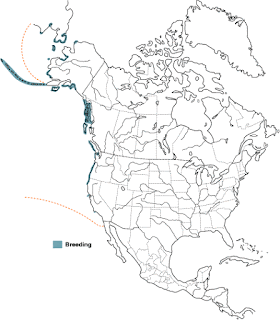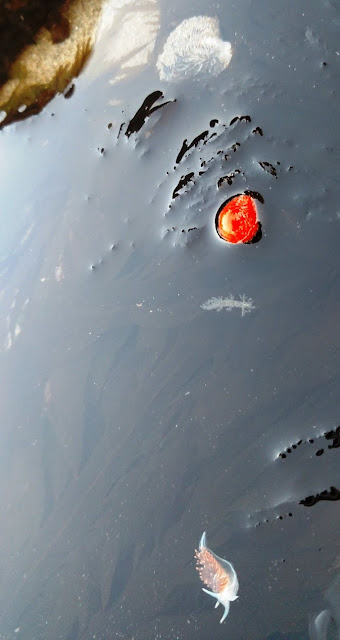What is That Scurrying On the Sand?
August 8th was a cloudy day with a few sprinkles in the morning at Haystack Rock. Katie Corliss, lead interpreter, along with three additional interpreters were on the beach for the 1.5 ft low tide at 11:13 am. Over five hundred visitors experienced the Marine Garden during the five hours the interpreters were on the beach. Katie captured a great video of mole crab activity in the sand. In the genus Emerita they are crustaceans commonly known as mole crabs, sand crabs or sand fleas. Related to hermit crabs and stone crabs, the mole crab spends much of its time buried in the sand. It is well camouflaged by its gray shell, burrowing quickly and frequently into the sand. The crab lives in the area of breaking waves, moving up and down the beach with the tides. It feeds by filtering tiny plankton from receding waves using a sweeping motion of an antenna. Check out the video of the crabs scurrying in the sand and burrowing in. Mole crabs are less that 2 inches in length an...











